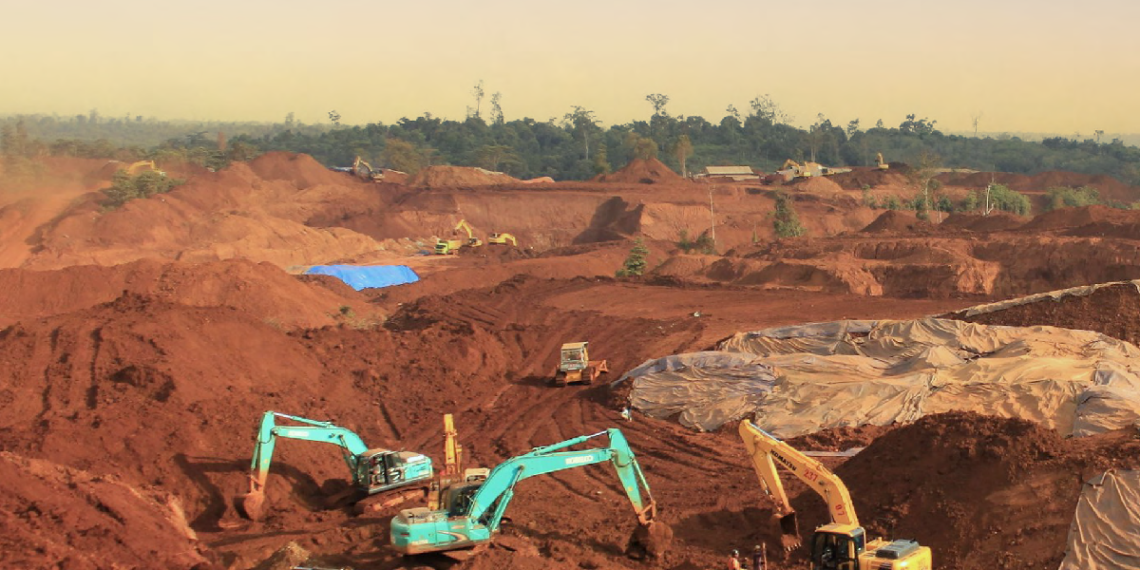Global nickel prices are poised to decline over the next few years as top producer, Indonesia, ramps up its supplies and production costs fall. What’s the full story that you’re seeing here in terms of supply and demand?
Indonesia is an important part of the outlook for both nickel and cobalt at the moment. We’re seeing the share of Indonesian production rise from about 40% to 60% of the total nickel market in 2030.
The market is currently in surplus, and we’re expecting it to remain that way at least for the next two or three years, and that will have a negative impact on prices. They’re at a fairly good level now, but they are expected to come down. And that Indonesian supply, particularly the High Pressure Acid Leach (HPAL) capacity, is expected to be relatively cost competitive, and is likely to pull down prices as well.
All in all, the demand profile is very strong for nickel. At the moment, it’s still in that ramp up period, particularly for the share of battery demand, but in the long term, we will need further supply investment from the mid to late 2020s.
Indonesia made the news several years ago with their nickel export ban, which prompted a lot of companies and investors to start looking at investment into the country. We’ve seen some big investments from Chinese and South Korean companies among others to help secure access to this critical material. Can you explain a bit more about the impacts of the export ban and the expected outcomes?
The nickel export ban was really important for what has happened in the last three years. We’ve seen much more focus on downstream investment in Indonesia for the full battery supply chain. We have seen a lot of expansion of the existing ferronickel and nickel pig iron (NPI) capacity, but we’ve seen new additions for HPAL going to mixed hydroxide precipitate (MHP) and also for matte production for both nickel and cobalt.
Increasingly, we’re seeing movement into the downstream. Indonesia certainly wants to build out a fuller battery value chain. We’ve got the likes of Hyundai looking at electric vehicle (EV) and battery production. Volkswagen and Ford have invested in these nickel and cobalt projects. So, there’s a lot of momentum.
At the moment, they’re really focusing on the upstream nickel mining and processing primarily to MHP. Nevertheless, I think they’ll look downstream in how they might be able to fill in some of the gaps in nickel sulphate, in precursor, cathode, and eventually into batteries and EVs.
Let’s look at what’s happening in the value chain within Indonesia. Do you see any specific developments within the downstream industry there?
It’s still a little bit early in the piece. There’s not anything particularly tangible happening yet, but I think all the movement in the upstream and midstream is important for setting us up in the years to come. The involvement of those Western OEMs, like VW and Ford, means that there will be ESG standards and greater build out their supply chains in general.
I think it’s all very positive. The EV market is still quite small in Indonesia, but the two- and three-wheel market will be massive. That will probably be more important, arguably, than the regular EV market. That’s probably something to keep an eye on for Indonesia and other countries such as India, whereas the major Western economies will have more of a traditional passenger vehicle market.
Indonesia has really been ramping up its nickel capacity over the past few years, and it’s expected to keep growing. How does this play into the overall EV story? There has been a lot of talk about Indonesia developing more battery grade nickel. What’s the full extent of that?
The main factor for the battery space in Indonesia now is the importance of MHP. That’s the product from the HPAL capacity, and that’s where most of the supply growth is at the moment for Indonesia. And we are certainly seeing MHP as the major feed stock for the battery supply chain going to nickel sulphate.
Currently, those HPAL capacities are either being built or expanded. The MHP is primarily going to China, and then it’s converted to nickel sulphate before it goes into precursors. That’s really the crux of the importance for the battery supply chain, and we’re seeing new HPAL projects being announced all the time.
Looking outside Indonesia, where do you see major players in this space? Are there advancements or growth in supply coming from anywhere to fill that critical gap in supply?
So, really 80% or 90% of growth over the next 10 years will be from Indonesian nickel supply alone. There are projects in Australia and Canada, primarily sulphide projects, which will have a place, but really, all of the growth is in Indonesia. The demand profile is so strong. There’s certainly a need for further supply investment in the mid to long term, and that will be where we’ll start to see projects in other parts of the world.












